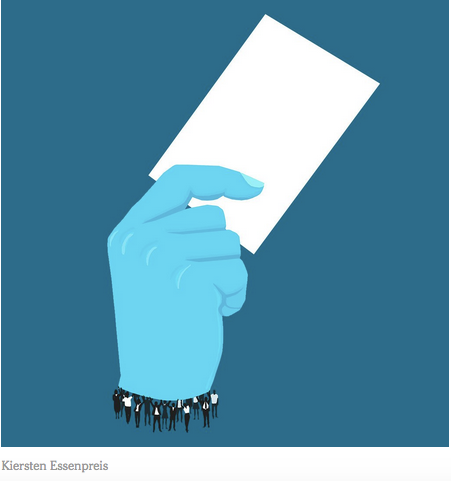The winners of Tuesday’s elections — Republican or Democrat, for governor, mayor or dogcatcher — all have one thing in common: They received more votes than their opponent. That seems like a pretty fair way to run an electoral race, which is why every election in America uses it — except the most important one of all.
Was it just a year ago that more than 136 million Americans cast their ballots for president, choosing Hillary Clinton over Donald Trump by nearly three million votes, only to be thwarted by a 200-year-old constitutional anachronism designed in part to appease slaveholders and ratified when no one but white male landowners could vote?
It feels more like, oh, 17 years — the last time, incidentally, that the American people chose one candidate for president and the Electoral College imposed the other.
In both cases the loser was a Democrat, a fact that has tempted more than a few people to dismiss complaints about the Electoral College as nothing but partisan sour grapes. That’s a mistake. For one thing, Republicans nearly suffered the same fate in 2004. A switch of just 60,000 votes in Ohio would have awarded the White House to John Kerry, who lost the national popular vote by roughly the same margin as Mr. Trump. More important, decades of polling have found that Americans of all stripes would prefer that the president be chosen directly by the people and not by 538 party functionaries six weeks after Election Day.




